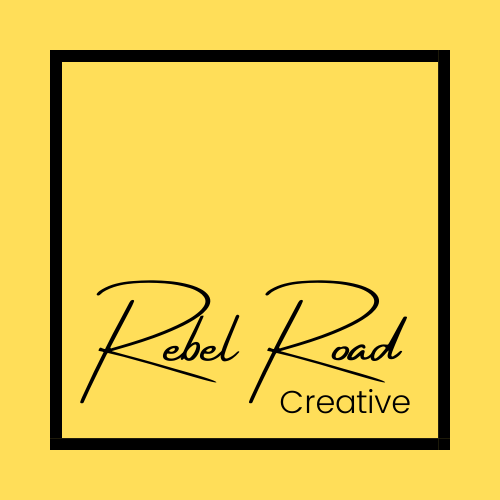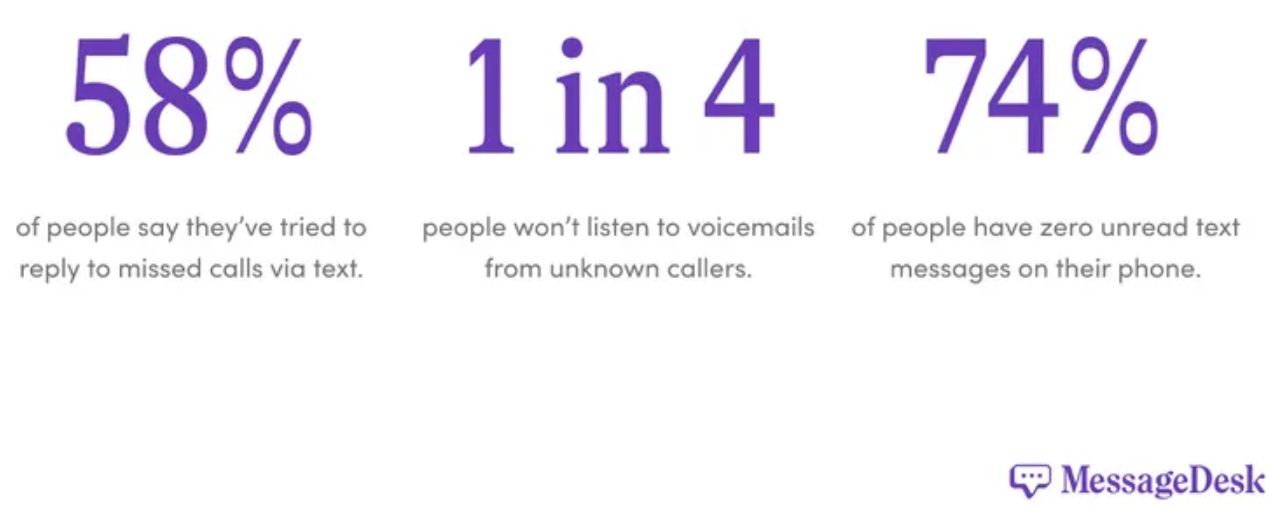SMS Marketing 101 For A/E/C Firms
(By Elizabeth Tuico) Did you know that 307 million Americans use smartphones every day? According to the U.S. Census Bureau, America is home to about 334.7 million people, so that figure represents a whopping 91% of the U.S. population. Rest assured that this statistic motivates retailers, healthcare organizations, travel companies, insurers, municipalities, and any other entity that sells goods or services. They want a more personalized customer interaction; so that’s how SMS marketing evolved.
Just how big is the SMS marketing market? United States represents 4.5% of the world’s population, yet we make up nearly one-fifth of the world’s mobile capital expenditure. The U.S. wireless industry is larger than the hotel, restaurant, insurance, and transportation industries. (CTIA)
What Is SMS Marketing?
SMS marketing (or text message marketing) uses short message service technology to facilitate communication with prospects and customers. Short and sweet, SMS messages max out at 160 characters. (The character limit represents the maximum amount of text that could be effectively displayed on the small screens of mobile phones at the time.)
Used for over 25 years, SMS remains the world’s most widely used text messaging service. Virtually all mobile devices support this technology.
Interested? Don’t try to launch an SMS marketing campaign from your iPhone. Most companies rely on scalable SMS marketing platforms such as Twilio, Sparkcentral by Hootsuite, and SimpleTexting to send out texts. Marketing teams also transmit MMS messages—text messages that contain pictures, GIFs, or other animated images – to get the word out. For this article, I’m keeping it simple and referring to both formats as SMS.
Why SMS Marketing Works
Here are the latest statistics:
Text messages earn an average open rate of 98%. (Crazy Egg)
91% of customers want to receive text messages from businesses. (Attentive Mobile Consumer Report)
Text message promotions enjoy a click-through rate of 19%. (Text Republic)
The SMS marketing spend worldwide is estimated to grow to $339 billion in 2023. (Statista)
SMS marketers generate $71 for every dollar spent. (Attentive Mobile)
90% of consumers respond to a text within 30 minutes of receiving it. (EZ Texting)
SMS open rates average around 82%. (Shift)
Fewer than 5% of SMS subscribers elect to unsubscribe. (Text Request)
How To Get Started
SlickText recently discovered that 61% of marketers don’t use SMS marketing. If your company sells products, SMS marketing provides customers with information on sales, new launches, and discounts to name a few. What if your company sells services like A/E/C firms? How can you incorporate SMS into your marketing campaigns? Below are a few ideas:
Welcome/on-boarding campaigns: Welcome subscribers to your list and collect valuable user data to build audience segments.
Events: Text your clients about upcoming webinars and conferences to boost sign-ups and attendance.
Announcements: Let your clients know about new projects that transform your portfolio.
Follow up to an email: Adobe discovered that an SMS text message reminder increased email open rates by 20-30%. In some ways SMS performs better than traditional email marketing but it can also complement a campaign. Try sending the follow up text message, “Have you read our email?” and track the progress.
Keeping text message copy between 75-115 characters (or 3-4 lines long) remains a good rule of thumb. When structuring a SMS message, consider this framework:
Company name
Client name
Promotion / Announcement with tracking link
Call to action
Opt-out option
If 160 characters can’t adequately convey your message, try embedding a shortened link into the message.
A/B Testing
A/B testing compares two variations of a single variable to determine which performs best. This test is often used in email marketing (with variations in the subject line or copy), calls-to-action (variations in colors or verbiage), and landing pages (variations in content). However, it works well with SMS too. Just create two test groups with about 20 clients each.
One of the easiest A/B tests is SMS (plain text) versus MMS (text + image). Keep the copy the same for each variation, so you’re only comparing the effectiveness of including an image or not. Another A/B test: experiment with different copy writing approaches.
Every text message should include a tracking link to a website, but link placement can affect how many people click on it. Run tests to see if placing links near the top of your message, in the middle of your copy, or at the bottom of your message drives more conversions.
Customer Opt-In
Just because you have collected client cell phone numbers doesn’t mean you can send marketing text messages without consent. Companies can face fines of $500 to $1,500 per occurrence. By law, SMS text marketing requires a clear opt-in: a text confirmation indicating that they really do want to subscribe. Below are two suggestions for SMS opt-ins:
Send one SMS (and only one) thanking subscribers and requesting confirmation with a simple Yes or No.
Collect opt-ins through your website.
Customer Opt-Out
Compliance is a two-way street: every SMS message must contain an opt-out option. An opt-out is the action a contact takes to indicate that they no longer want to receive text messages. In most cases, customers reply with the simple (and effective) STOP command. Remember, this is mandatory when sending marketing texts. You can’t just do it once. Every message must contain an opt-out feature.
SMS Marketing Benefits
Cost-effective: SMS marketing remains a relatively inexpensive form of advertising, especially when compared to paid ads or sponsorships.
ROI Impact: SMS helps businesses realize ROI.
Time-sensitive: SMS messages enjoy open rates of less than a few minutes, allowing organizations to engage with clients in real time.
Automation: SMS texts run on autopilot when scheduled in advance.
Final Thoughts
If your firm starts a SMS channel, take the following into consideration when mapping out a strategy:
Introduce Your Firm: When you message a client (especially for the first time), make it crystal clear who you are. Don’t send a generic “Thanks for subscribing” message. A simple sign off with your company name provides a reminder and reinforces your brand.
Provide the Basics: Tell clients how often you plan to send SMS messages to set expectations. The goal is to garner trust from your subscribers, so they get excited about the value you offer and don't unsubscribe.
Segment Your Audience: Segments help ensure relevant messages go to the right clients. For example, it’s important to inform healthcare clients about your firm’s presentation at the healthcare conference, not necessarily all clients in your SMS database.
Concise Content: With SMS messages, character space is limited to one message and one call to action (CTA). Therefore, content must be concise and pack a punch. (For longer, less timely messages, consider using email marketing.)
Timing: People tend to check text messages right away, so carefully time SMS campaigns to avoid sending messages in the middle of the night.
Report: SMS platforms track and measure metrics. Apply these insights into what worked and what didn’t to better position your next SMS campaign for success.
The planning and initial set up will be worth the effort when your firm begins to actively engage clients through SMS campaigns.
A/E/C clients turn to Rebel Road Creative for marketing ideas, training, and content creation. Looking for a spark to light up your business? Get in touch.


